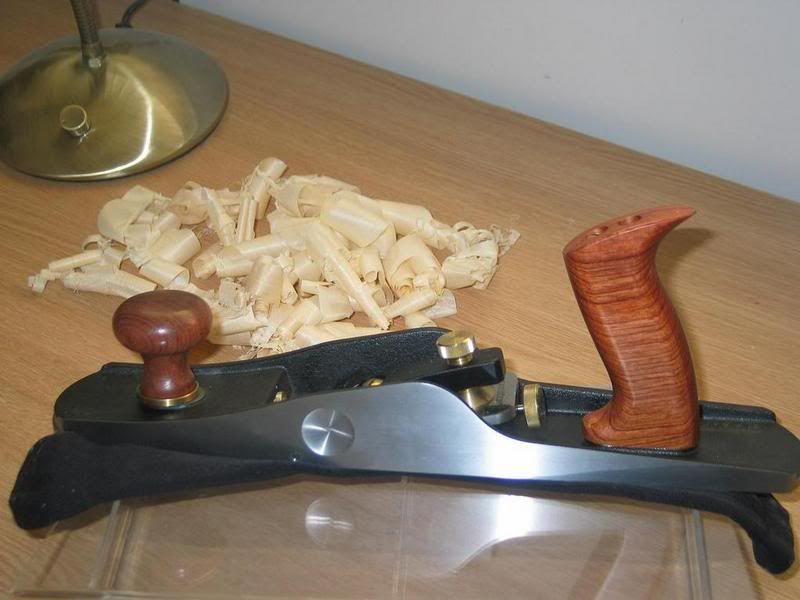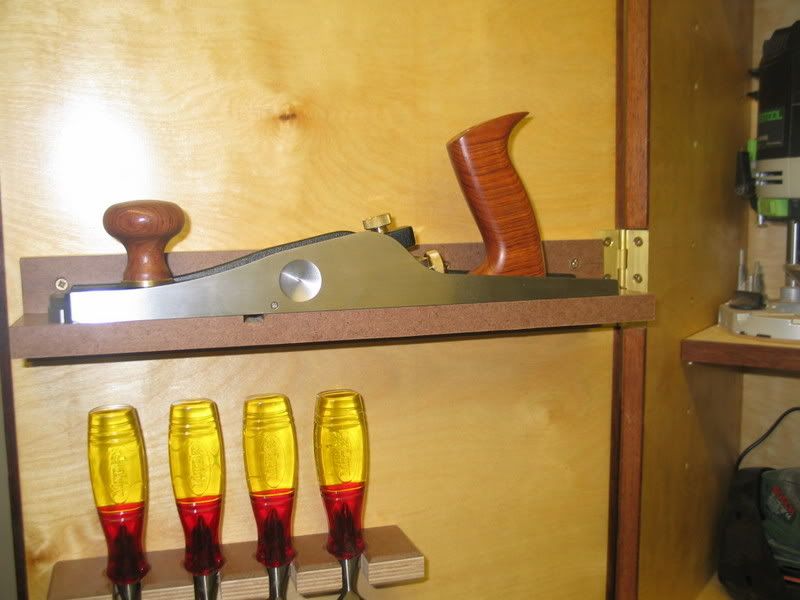dchenard
Established Member
Gary M":11ty25d4 said:I think we all would have more than three if we could get them for the same prices you guys across the pond can get them for. what you pay in dollars we pay in pounds and with an exchange rate of two dollars for one pound, thats a big difference my friend!! :shock:
By the way old stanleys do me fine until i can justify spending the money on anything else. Is there really that much difference ? be honest, or is it just a name thing ?
The pound goes for $2.24, according to Holtey's site. Canadian price for the LAJ is $235, which would translate into £105. But we have to add federal and provincial sales tax to our retail price, bringing it up to $268 or so, translating into £120. I don't know what the VAT adds to the price in that case, given a lower expected volume in the UK £160 is not cheap but not way out of range IMO. Much better than just about anything I purchased in the UK when I was there in '98, basically the only thing reasonably priced was the beer :shock:
I've had a couple Stanleys, currently own a #8, and I also have a Record #4 spruced up with a Veritas replacement iron and a Clifton two-piece cap iron (which in the end makes that plane fairly expensive). They work well, but when faced with difficult wood they just don't work as well, and as Bean said, tolerances are much tighter on the Veritas (and LN, I heard that Clifton were a bit looser, but not much experience with those) planes. Even at £160 I believe that you will not get more bang for your pound.
Eventually I upgraded my Stanley #8 with a LN replacement blade and their improved cap iron. It works very well, but that cost me an extra $85. Still, compared to a LN #8 it remains very inexpensive. I love that LN plane, but the price... I have a friend who owns one, I'll have to do a comparative test one of these days...
In the end, you'll be able to do a lot of work with old Stanleys, if kept in tune and with a sharp iron. but when the going gets tough you'll be happy you have a premium plane (Veritas, LN, Clifton) in your possession. Once you try one there's no turning back, so beware :twisted:
DC


































